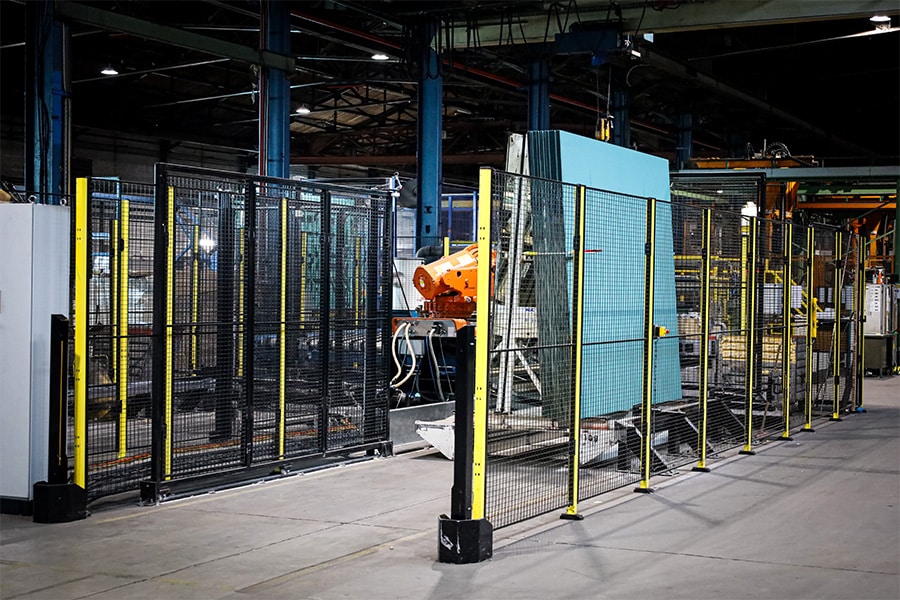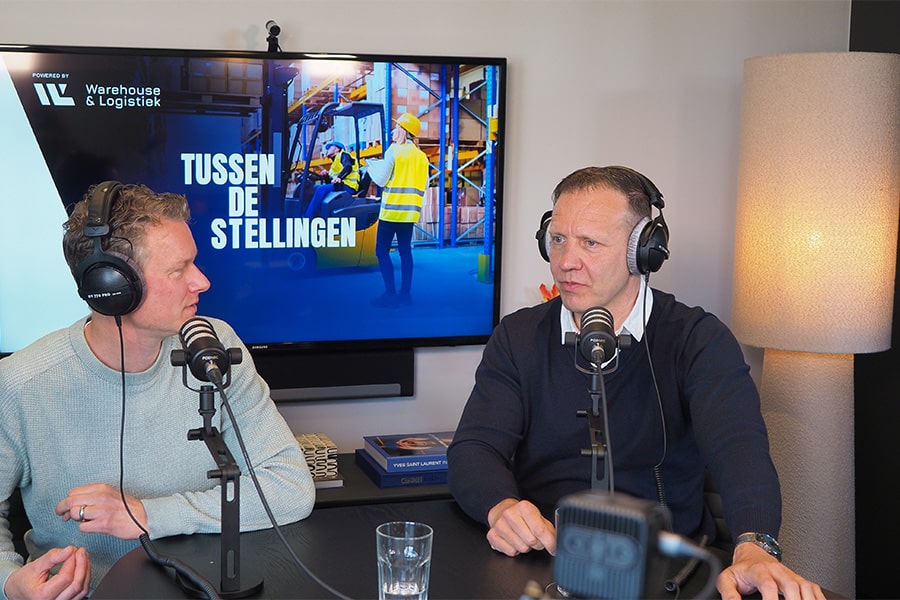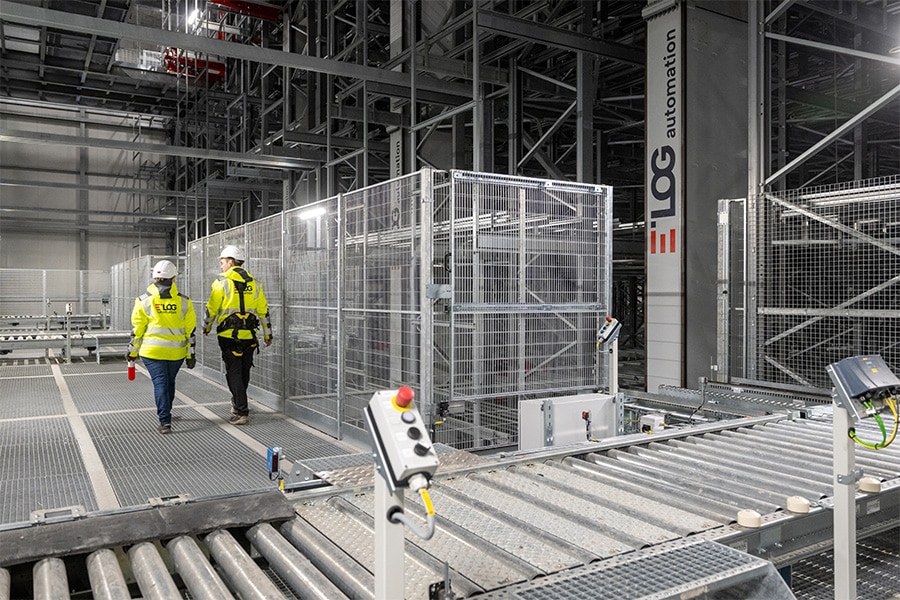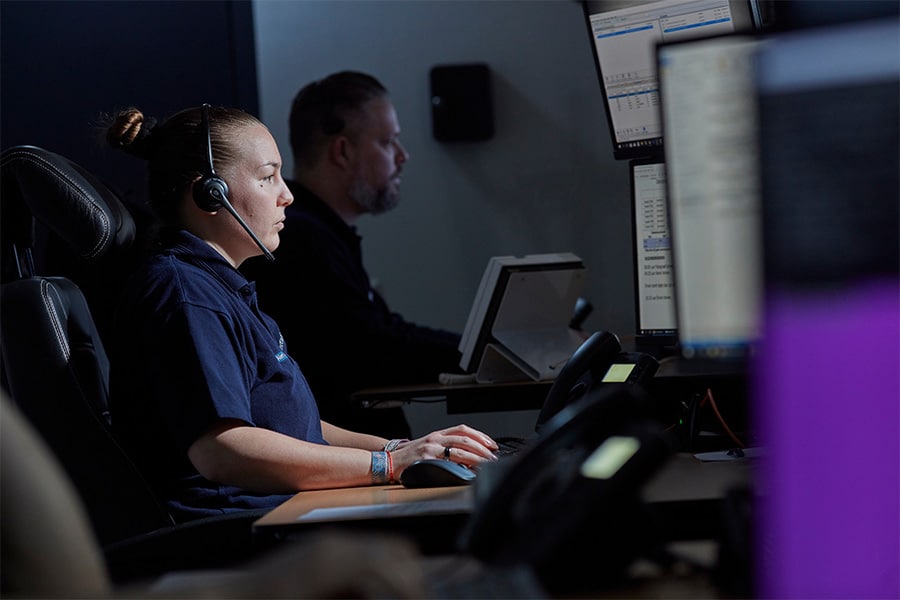
Harmony between man and machine
As the logistics industry rapidly changes, Professor René de Koster, Professor of Logistics and Operations Management at Erasmus University's Rotterdam School of Management, remains an influential voice. With decades of research and a keen eye on the future, he offers a nuanced perspective on the challenges and opportunities in the world of transportation and logistics. "How can man and machine work together optimally?"
Automation and robotization in distribution centers have fundamentally changed the logistics industry in recent years. Professor De Koster, who for years has been the face of warehousing research in the Netherlands and abroad, emphasizes the speed at which these developments are taking place. "The use of automation and robotics in distribution centers has accelerated," he explains. "What you see now is that warehouses are increasingly being built around new technologies, leading to solutions that are highly scalable."
Technological progress offers numerous opportunities, but it also raises important questions. De Koster's research focuses particularly on the balance between technology and human labor. "What is the division of labor between humans and robots, and will there still be an interesting job left for humans?" he wonders. In an industry where labor shortages and the need for 24/7 operations are increasingly becoming the norm, this question is more relevant than ever.
For while automation is often seen as the answer to increasing complexity and labor shortages in warehouses, De Koster warns against focusing too narrowly on technology. "For the next 10 to 15 years, I don't see robots completely replacing humans," he argues. "The costs are simply too high, and there will always be a need for human flexibility and decision-making in warehouses."
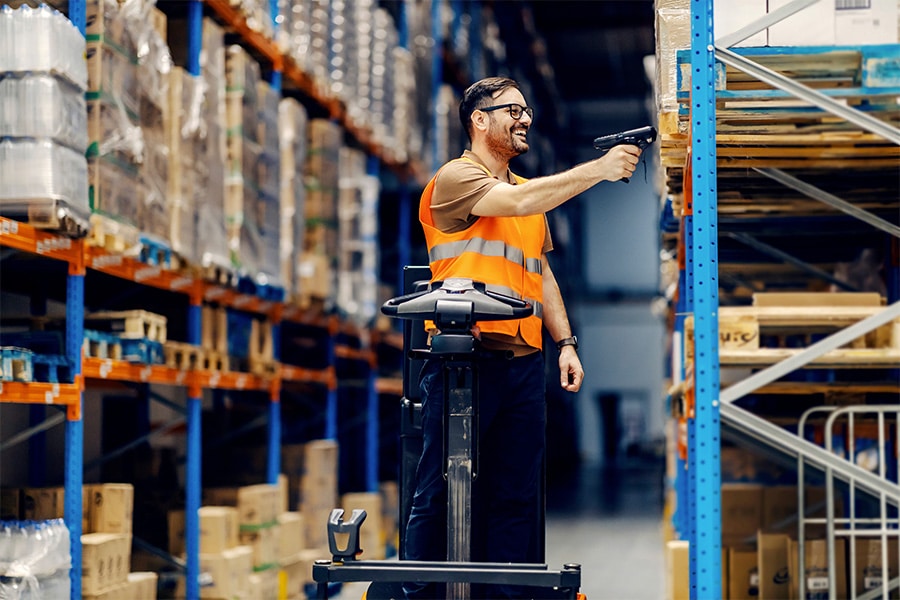
Collaboration
De Koster emphasizes that the key to success in the logistics industry lies in the cooperation between man and machine. His research has shown that optimizing this collaboration leads to better results, both in terms of efficiency and job satisfaction. "By allowing employees to choose which tasks they perform, you see a significant increase in satisfaction, and often productivity."
His insights are valuable at a time when companies are often forced to choose between full automation and retaining human labor. De Koster argues for a middle ground in which technology complements and enhances human labor, rather than completely replacing it. "It's not just about using robots, but about how we can get human and machine to work together in harmony. That's where the real challenge for the future of logistics lies."
Research
De Koster's scientific approach to warehouse management and logistics has led to several concrete practical applications. Among other things, he focuses on optimizing picking activities and improving working conditions for employees in warehouses, including through automated storage systems and the deployment of AGVs (Automated Guided Vehicles). "My department investigates how automated systems can be optimally deployed, analyzing both storage strategies and the role of humans," he says.
One example is his research on the strategic placement of products in warehouses, such as placing products in a way that reduces the need for employees to bend or stretch. "You can get the highest comfort when you put certain products in different places, which not only increases productivity but also employee satisfaction."
In addition, De Koster contributed to the development of methods to optimize the rotation of dock doors in warehouses. This project, which was used at Albert Heijn, among others, led to significant operational improvements. "We developed a method where they could scale up the rotation of those dock doors, meaning they didn't have to expand as quickly. That was a great result."
Mission
De Koster's commitment to the logistics industry goes beyond scientific research; it is a mission to spread knowledge and improve the industry. "I saw early on how important it was and how much there was still to do in the field," he says. "I then figured out what were the most important things that needed to be done, and then I did them all."
At the beginning of his career, the subject of warehousing was somewhat isolated within academia. "For a long time I was one of the few in the Netherlands who taught the subject at universities," he looks back.
Logistics, especially warehousing, received little attention at Dutch universities at the time. "Warehousing is a subject to which Dutch universities still pay almost no attention," he believes. Despite the Netherlands' strategic role as a logistics hub in Europe, academic research on this discipline remained limited. De Koster regrets this, as he believes the discipline offers essential insights for the country's economic and operational structures.
"I think that's a shame. It's an important field, but there's little I can do about it except pass on my knowledge and hope my students take over. My motivation has always been to further develop the field because I recognize how important it is and how much there is still to discover."
